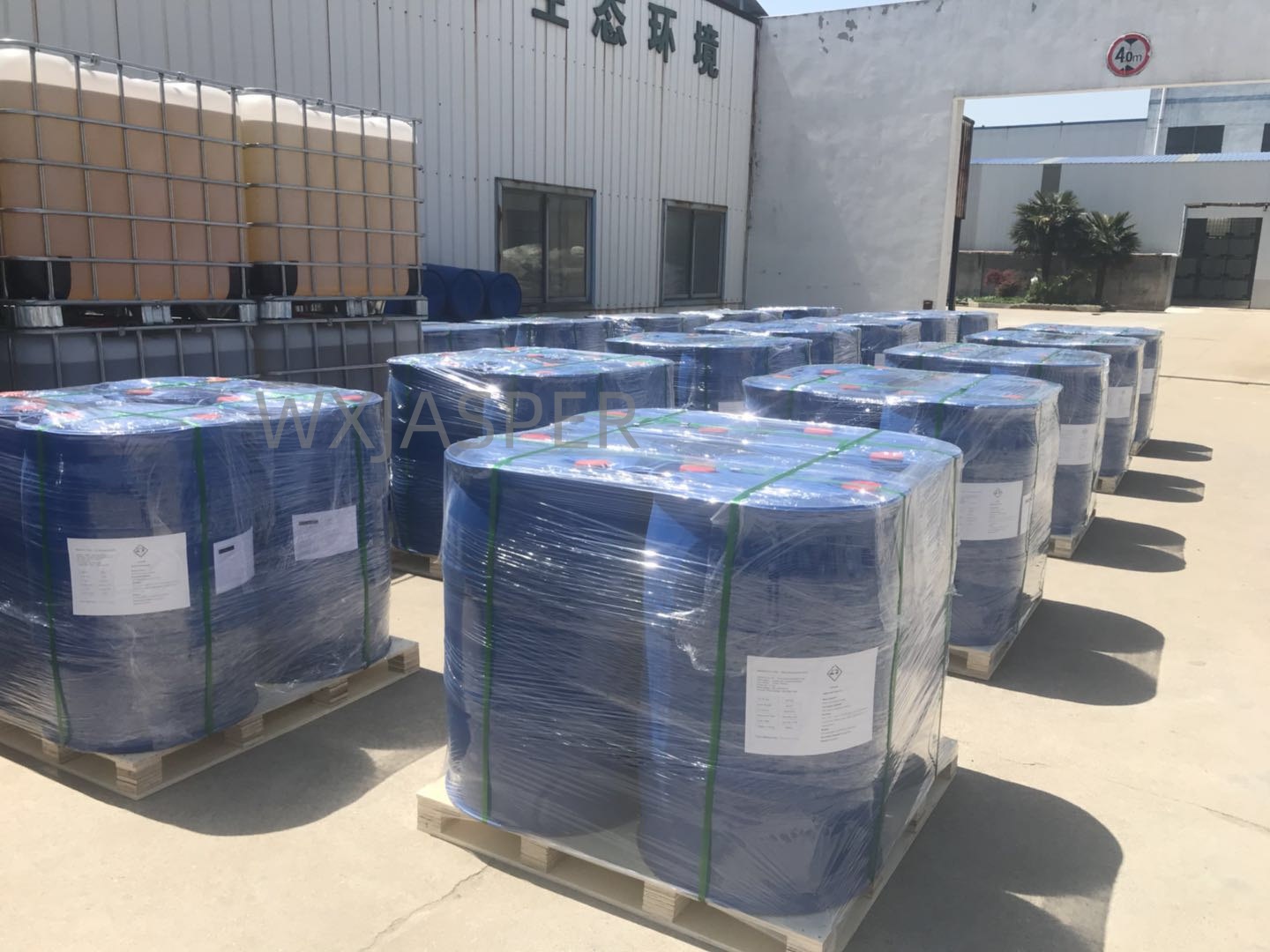Your Location:Home > Products > Solvents > Diethyl phthalate



CasNo: 84-66-2
MF: C12H14O4
Appearance: liquid
Delivery Time: 15 days
Packing: 200kg/drum
Purity: 99%
Basic Information
|
Model NO. |
84-66-2 |
EINECS |
201 - 550 - 6 |
|
Color |
Colorless |
Appearance |
Liquid |
|
Sample |
Available |
Purity |
99% |
|
Grade Standard |
Industrial Grade |
Specification |
200kg/drum |
|
Transport Package |
Drum |
Origin |
China |
Product Description
Product Name:Diethyl phthalate
CAS No: 84-66-2
EINECS No.:201 - 550 - 6
Form: Liquid
Product Application
Used as plasticizer, solvent, lubricant, aromatizer, frothing agent forflotation of non-ferrous or rare metal mines, gas chromatographystationaryliquid, alcohol denaturant, sprayinsecticide
This product has good compatibility with most resins such as cellulose acetate, cellulose acetate butyrate, polyvinyl acetate, nitrocellulose, ethyl cellulose, polymethyl methacrylate, polystyrene, polyvinyl butyral, vinyl acetate-vinyl chloride copolymer, etc. It is mainly used as a plasticizer for cellulose resins.
Packaging
200Kg/drum
Storage
It should be stored in a cool, dry, and well - ventilated warehouse. The storage temperature should be maintained below 30 °C to avoid excessive evaporation and potential degradation. It should be kept away from direct sunlight, heat sources, and ignition sources. As it is combustible, it should be stored away from areas where fires are likely to occur. Additionally, it should be stored separately from incompatible substances to prevent chemical reactions. Regular inspection of the storage area and packaging is recommended to ensure the integrity of the product.